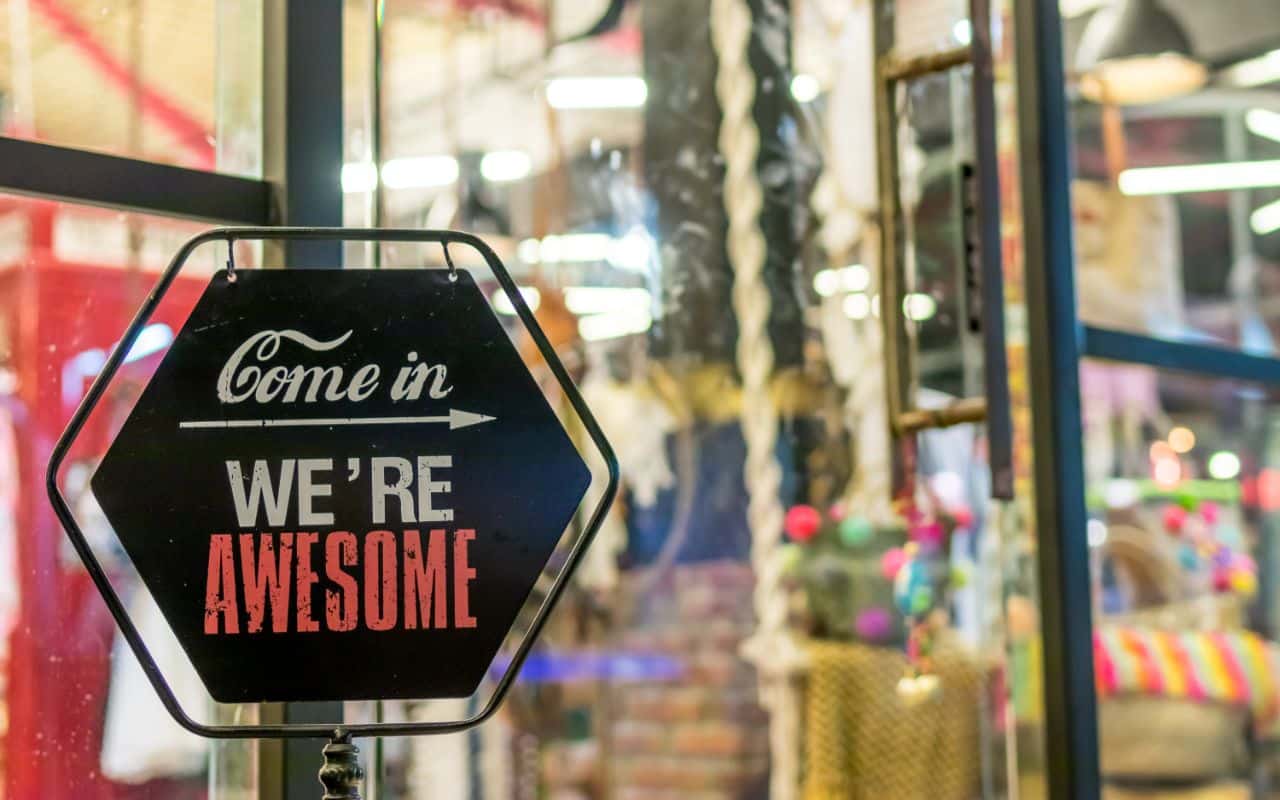Reprise, the performance marketing unit of IPG Mediabrands, has published a special report unpacking the ways in which the surge in eCommerce and changing consumer behaviour are likely to reshape the retail landscape forever. With a focus on Asia-Pacific marketplaces, the report explores the impact of recent events and importantly, provides a comprehensive set of actionable insights brands can activate in these uncertain times.
Don’t go dark. When competitors see a void, they rush to fill it. Small, nimble challenger brands are rapidly evaluating category and competitor keywords and moving quickly when they see a gap that they can efficiently fill.
Don’t get caught in the negative flywheel. All marketplaces have their own algorithm which plays an important part in serving consumers the products it thinks they are most likely to buy. When organic search ranking declines it can take months to reclaim the share lost to competitors, impacting revenue for months to come.
Move your spend to e-retail, the COVID-19 battleground. Consumers are seeking stability in large marketplaces. Conversion rates and order velocity have only strengthened on e-retailers. Non-essential brands should seek to be part of the larger baskets of necessities consumers are ordering from these marketplaces.
Determine how all your assets can support eCommerce. Brands can realise gains by putting additional, alternate resources into eCommerce. China cosmetics company Lin Qingxuan redeployed its 100+ beauty advisors from its Wuhan stores to become online influencers engaging customers virtually to drive online sales. As a result, its sales in Wuhan grew 200% compared to the prior year.
Don’t forget about your D2C customers. Many brands have built strong D2C presences and cultivated large lists of loyal consumers. This is a good time to run more campaigns through marketplace DSPs. Amazon & Flipkart’s DSP allows audience matching and exclusions, so that brands can drive consumers with an existing D2C relationship to the brand.com, and consumers without that relationship to e-retailers. Well run campaigns are optimised to send consumers where they are most likely to convert, keeping sales steady during these times.
Create a “war room mentality”. In a volatile market, brands need to approach the next few weeks as if each day were Prime Day or Singles Day. KPIs and metrics that were previously looked at only weekly or monthly now need to be monitored and actioned upon daily.
Stay ahead of stock. A primary impact of COVID-19 has been an increasingly erratic stock situation. Retailers have begun reducing or stopping inbound shipments of non-essential items. As a result, stock has become unpredictable. Media decisions need to be made with fresh inventory information. In many cases, this means shifting spend from one e-retailer to another as one goes out of stock.
Delist out-of-stock products to maintain ranking. Out-of-stock products can also have a more fundamental impact. Brands should ensure they don’t hurt rankings. As soon as a product goes out of stock, close the listing. When stock is back, you can reactivate it, with all the data remaining. The content will remain, the reviews will remain, and importantly, the sales history will remain. There will be no period of negative activity to influence the marketplace algorithm.
Manage Hybrid Marketplace Accounts. Relying solely on 1st party fulfilment has historically been a risky strategy as changes to commission rates and shipping policies can have a significant impact on a seller’s bottom line. By switching to a hybrid approach which combines both 1P and 3P fulfilment, this risk is reduced and in times of crisis this can be advantageous.
Develop a robust eCommerce specific content strategy. Content needs to be sensitive to the situation and provide correct information. Brands that have embraced this approach have great affinity post-pandemic. Focus on Store Pages and push the limitations of rich media. Online marketplaces are becoming a destination and brands are choosing to drive traffic directly there. On platforms like Lazada, product ranking is highly dependent upon the product content. This makes content strategy really important to help customers discover your products.
Shopping revenue is shifting to eCommerce faster than any time prior. Brands that understand this and manage consumer flow, and rapidly shift spend based upon inventory, will be able to weather this time better than brands that are slower to adapt, or shutting funding altogether.
From A Crisis To Opportunity
Do you have an article, infographic, podcast, presentation slides, press release or a key individual from your organisation that you'd like to highlight on Marketing In Asia? Head on over to Upload Your Content for more info.



















